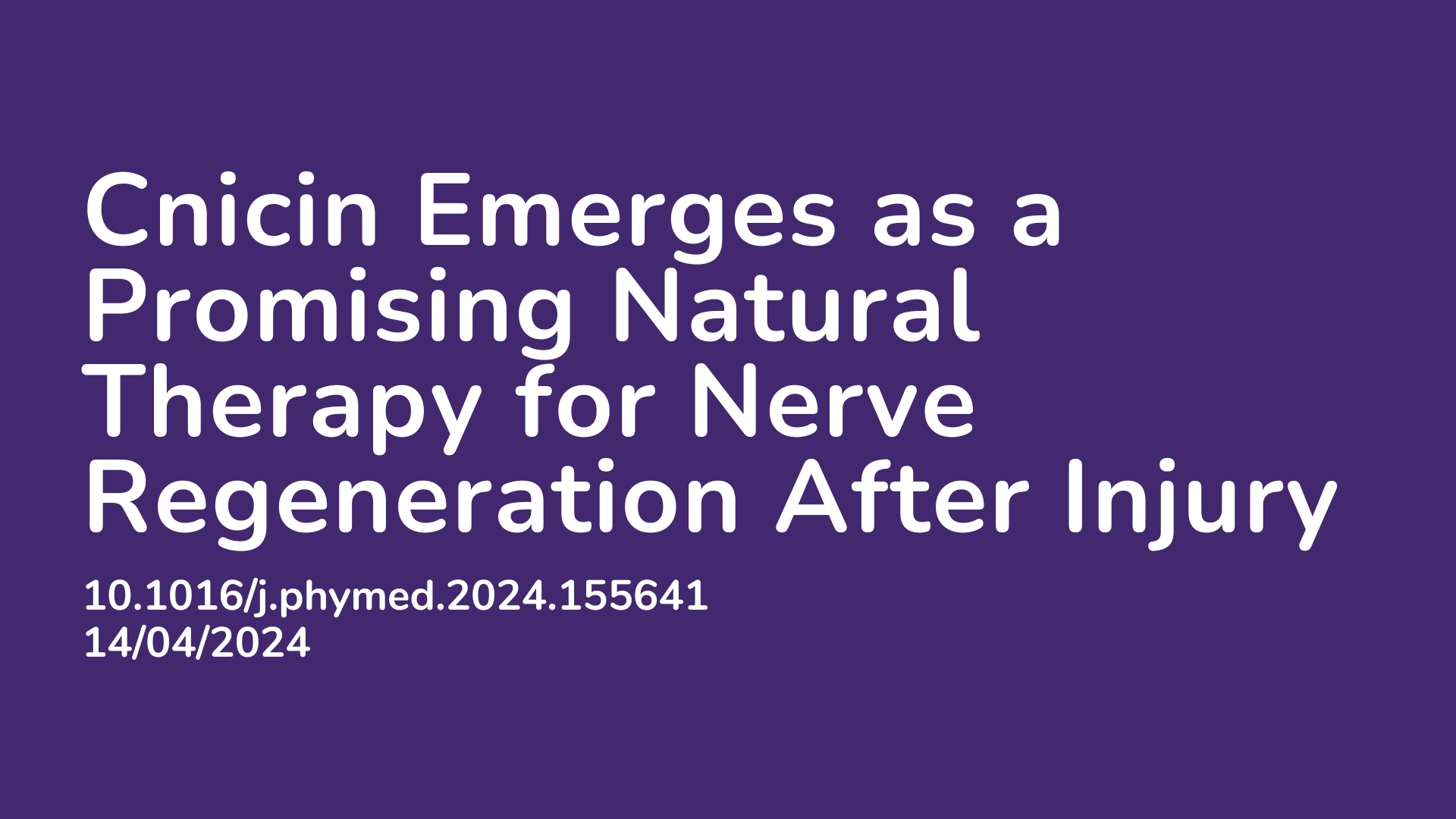Summary:
Axons, which are cables that transmit messages and connect neurons, have a limited ability to regenerate after injury. While there are currently no drugs available to expedite axon regeneration, recent research suggests that parthenolide, the active component in feverfew, may enhance the process. However, parthenolide’s poor oral bioavailability restricts its administration to injection only. This study aimed to explore the potential of another naturally derived active component called cnicin in promoting axon regeneration. The findings showed that cnicin demonstrated equal potency and effectiveness in nerve regeneration. In laboratory settings, cnicin promoted the growth of sensory and central nervous system neurons in various species, including humans. Notably, intravenous cnicin administration significantly expedites functional recovery after severe nerve injuries, even facilitating the reconnection of severed nerves. Oral cnicin administration also showed to promote axon regeneration and recovery in mice following nerve injury. The authors concluded that cnicin may have potentially powerful and promising therapeutic actions for treating axonal injuries and enhancing recovery.
Abstract:
Backround: The limited regenerative capacity of injured axons hinders functional recovery after nerve injury. Although no drugs are currently available in the clinic to accelerate axon regeneration, recent studies show the potential of vasohibin inhibition by parthenolide, produced in Tanacetum parthenium, to accelerate axon regeneration. However, due to its poor oral bioavailability, parthenolide is limited to parenteral administration. Purpose: This study investigates another sesquiterpene lactone, cnicin, produced in Cnicus benedictus for promoting axon regeneration. Results: Cnicin is equally potent and effective in facilitating nerve regeneration. In culture, cnicin promotes axon growth of sensory and CNS neurons from various species, including humans. Neuronal overexpression of vasohibin increases the effective concentrations comparable to parthenolide, suggesting an interaction between cnicin and vasohibin. Remarkably, intravenous administration of cnicin significantly accelerates functional recovery after severe nerve injury in various species, including the anastomosis of severed nerves. Pharmacokinetic analysis of intravenously applied cnicin shows a blood half-life of 12.7 minutes and an oral bioavailability of 84.7% in rats. Oral drug administration promotes axon regeneration and recovery after nerve injury in mice. Conclusion: These results highlight the potential of cnicin as a promising drug to treat axonal insults and improve recovery.
Article Publication Date: 14/04/2024
DOI: 10.1016/j.phymed.2024.155641



